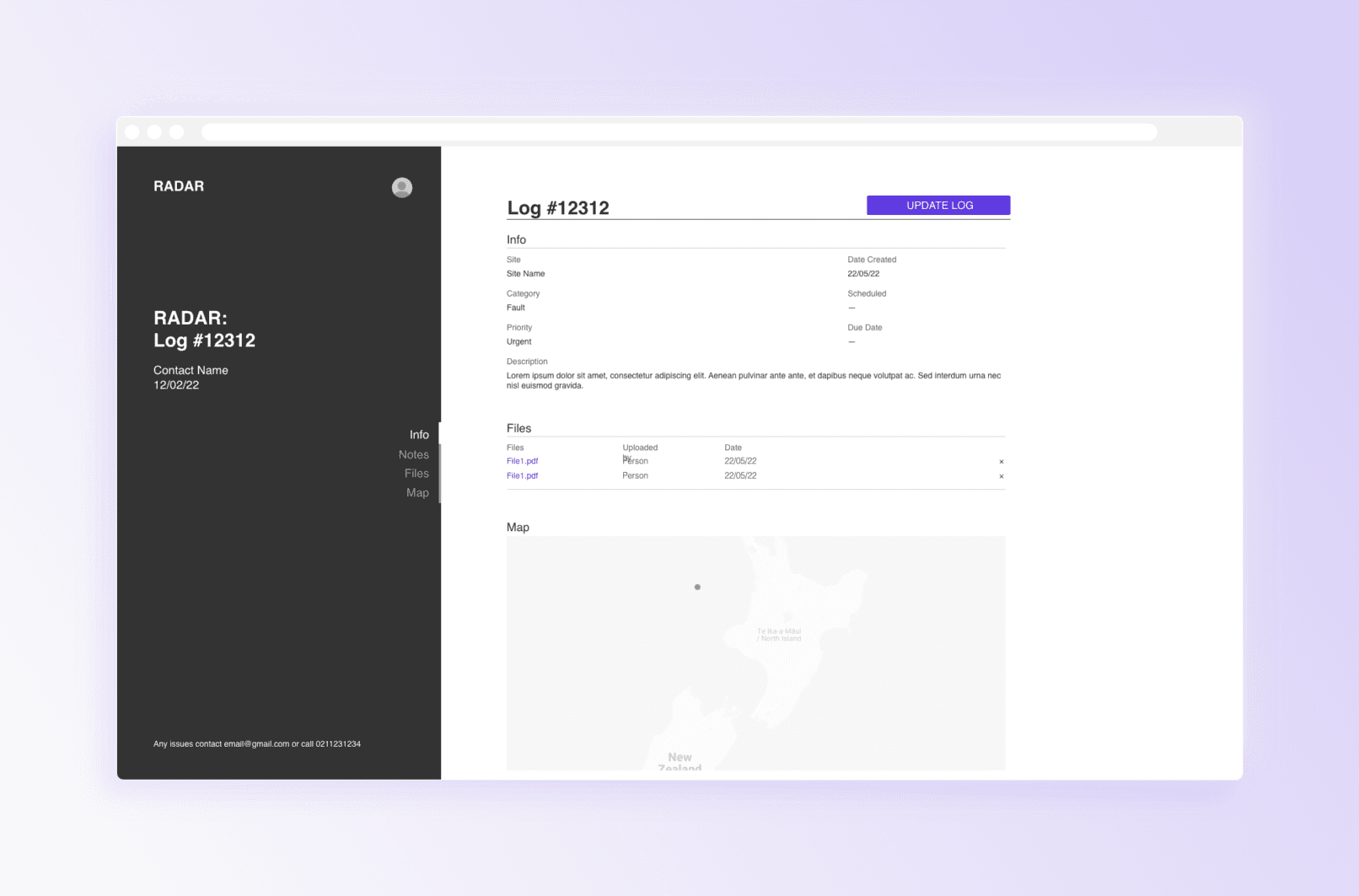Lumo Digital // Screen Service Management // RADAR
Digital OOH Network Service Centre
Lumo is one of the world’s most creative and innovative Digital Out-of-Home companies. Lumo’s Digital Out-of-Home network requires ongoing maintenance and management to ensure optimal performance and provide a positive customer experience.
Problem: Before the introduction of RADAR, Lumo’s Digital Out-of-Home network was managed using manual processes that were time-consuming and inefficient. There was no centralised system for tracking maintenance, faults, or issues, which made it difficult to provide quick responses to customers and stakeholders. There was also a lack of visibility into the performance of the network, making it challenging to identify areas that required improvement.
Solution: RADAR was introduced to address the challenges of managing Lumo’s Digital Out-of-Home network. The platform provides central control over network service, contractor communication, site information, and fault alerts. With RADAR, users can get a quick overview of the entire network, including the number of screens, logs, maintenance, faults, and issues. The platform also has a map view that highlights any current faults or maintenance in the network.
The Sites section of RADAR provides access to all site data, including addresses, images, maps, and information about linked stock and logs. The maintenance schedule and invoices are also accessible from this section. This provides a centralised repository of all the data related to each site, making it easy for users to access the information they need.
RADAR’s Maintenance and Fault Logs section helps users keep track of basic log information, including priority, category, description, and status. Contacts, files, and invoices can be added to each log to facilitate resolution. The section provides quick stats on log status, log entries, invoice total, and resolution time. The Log Activity section tracks all actions taken on a log and displays the type of action, date, what was changed, and to what. This provides a transparent and comprehensive record of all actions taken on each log, making it easy to track progress and identify areas that require attention.
The Stock section allows users to keep track of every item of stock, including its location (site or storage). The Contacts section lists maintenance contacts, supplier contacts, and others who may be contacted via email or phone. This provides a centralised repository of all the contacts required for managing Lumo’s Digital Out-of-Home network, making it easy to find the right contact when required.
Results: The introduction of RADAR has had a significant impact on the management of Lumo’s Digital Out-of-Home network. The platform has provided greater visibility into the performance of the network, making it easier to identify areas that require attention. It has also improved response times to customers and stakeholders, which has led to a better customer experience. The centralised repository of data and contacts has made it easier to manage the network, reducing the time required for manual processes. Overall, RADAR has contributed to the growth and success of Lumo’s Digital Out-of-Home network.
Conclusion: The introduction of RADAR, a centralised service and asset management platform, has revolutionised the management of Lumo’s Digital Out-of-Home network. The platform has provided greater visibility into the performance of the network, improved response times to customers and stakeholders, and reduced the time required for manual processes. The success of RADAR demonstrates the power of centralised systems for managing complex networks, and its impact on Lumo’s Digital Out-of-Home network is likely to be long-lasting.






